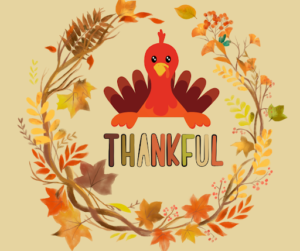Great. So, boundaries are important and have essential benefits (see last week’s blog). Remember that boundaries are a part of healthy living. They are also part of self-care. How can I implement them into my life? How do I know what boundaries to set?
If you are like Jeni and haven’t had much success with boundaries in the past, just the thought can be daunting. In this case, start small, and as you get comfortable with the process, you can grow your abilities in this area.
As you know, everyone’s grief journey is unique to them, and the relationship that was shared with their loved one. Boundaries are also unique to you and your life situation. They are an essential part of your self-care plan. Having healthy boundaries is a way to honor love and care for yourself. It is also a way to let others know how you want to be treated and what you will or will not accept in your life.
Here are some tips for setting boundaries
- Set aside some time for reflection: Take time to reflect on your needs, values, and limits in the major areas of life. Personal, family, friends, work, and personal space.
- What is working for you? What is not working for you?
- Identify Boundaries You’d Like to Set: Where do you want to say no or have more space? Is there someone you need to have this conversation with?
- Determine what specific behaviors, actions, or situations are not working for you.
- Determine what you need to make this work for you.
- Decide on the specific boundary—what it is, who it affects, and what’s important to you and this relationship.
- Communicate Calmly and Clearly: Once you’ve identified the boundaries you wish to set, communicate them clearly and directly to the person(s). It is key to use “I” statements to express your feelings and needs without blaming or accusing others.
Example boundary statements
- Instead of saying, “You always make me feel guilty when I do x,” you could say, “I feel uncomfortable when I try to move forward….”
- Say, “I need help with x and y, not z. Thank you.” vs. “Stop doing x that drives me crazy.”
- Instead of saying, “Why are you here all the time?” You could say, “ Please call or text before you show up.”
- Letting people know: “I’m answering calls and texts between 9 a.m. and 7 p.m.”
Practice Self-care: Setting boundaries also involves prioritizing self-care and making time for activities that replenish your energy and well-being.
Boundaries are dynamic, and they change as we change and grow. Revisiting them to see if they still fit or work can be helpful. Regularly evaluate your boundaries and be willing to adapt them as needed to ensure they continue to serve your well-being and priorities.
Finally, you become a boundary leader when you set your boundaries. You lead by example when you respect others’ boundaries and share yours. By modeling healthy boundary behavior, you encourage others to do the same, fostering healthier and more respectful relationships.
Having or creating healthy boundaries may feel daunting, but that’s OK. Start small and try it out. Taking time to discern and write down your boundaries is a positive step forward.
We also have our boundary struggles and a checklist for setting boundaries here: https://torninhalf.com/boundaries-in-grief-struggles-and-solution/
Once your boundaries are in place, be prepared to remind them when they are overstepped. We’ll discuss this further in our next blog when we talk about pushback from others.
Peace & blessings,
Jeni & Teresa
PS: For additional support, you can download our free copy of 10 Ways to Move Forward After Loss
The First Days: Coping with Life After Loss is a resource for the first days after a loss – available on Amazon in paperback.
My Journey as a Widow: A Widow’s First Journal is a follow-on journal for processing complex emotions and moving forward with hope available on Amazon in paperback.
Follow us on Social Media:
Facebook: https://www.facebook.com/TornInHalfwidows/
LinkedIn: https://www.linkedin.com/company/torn-in-half/




